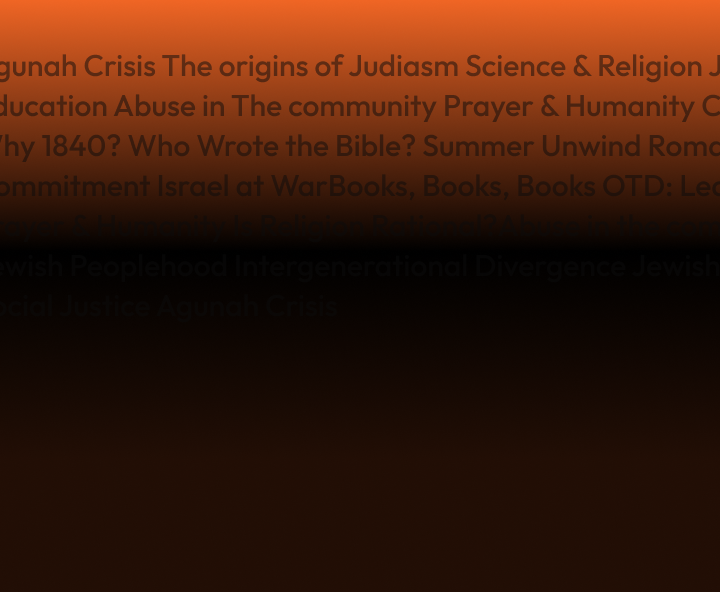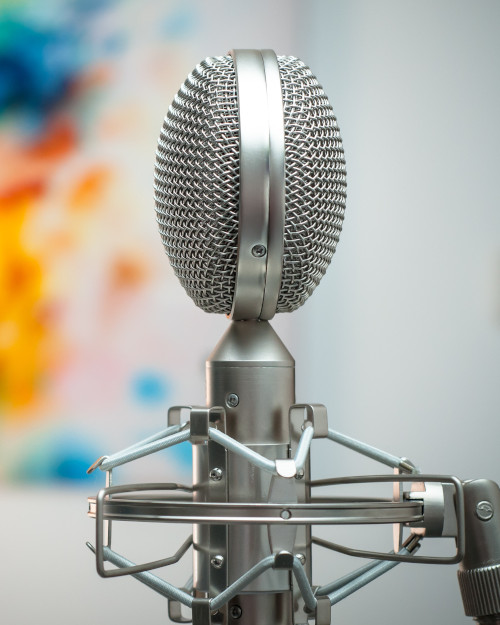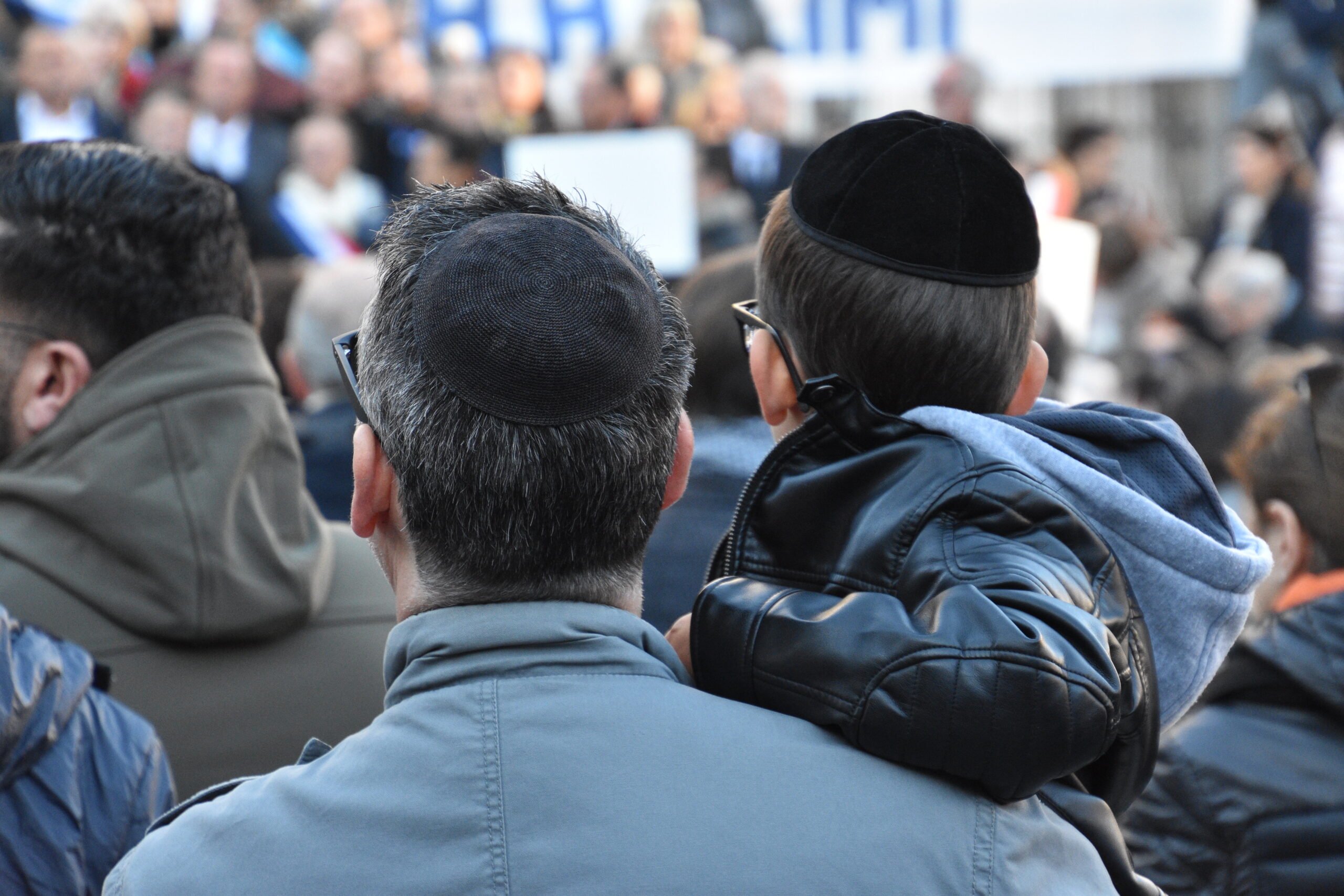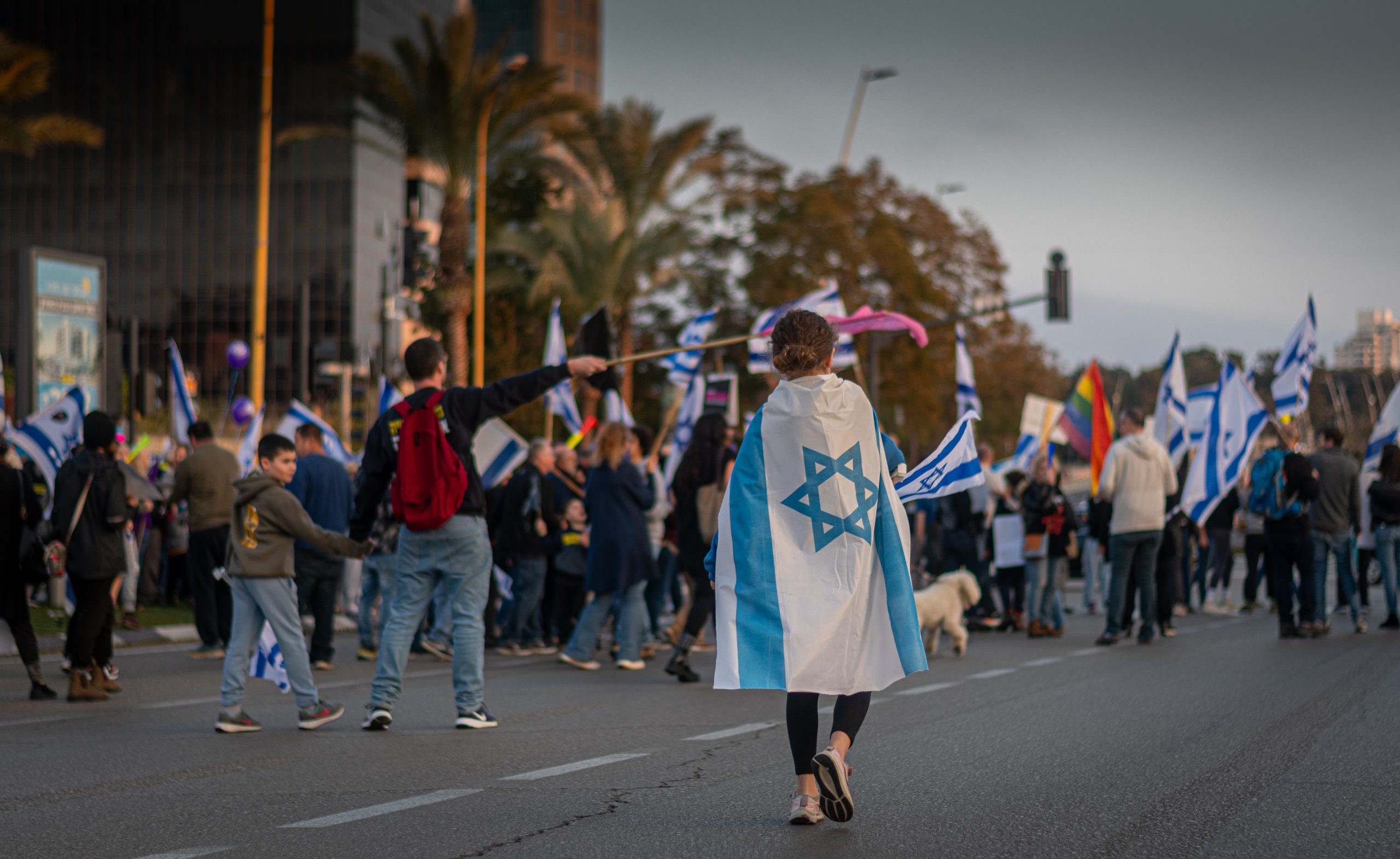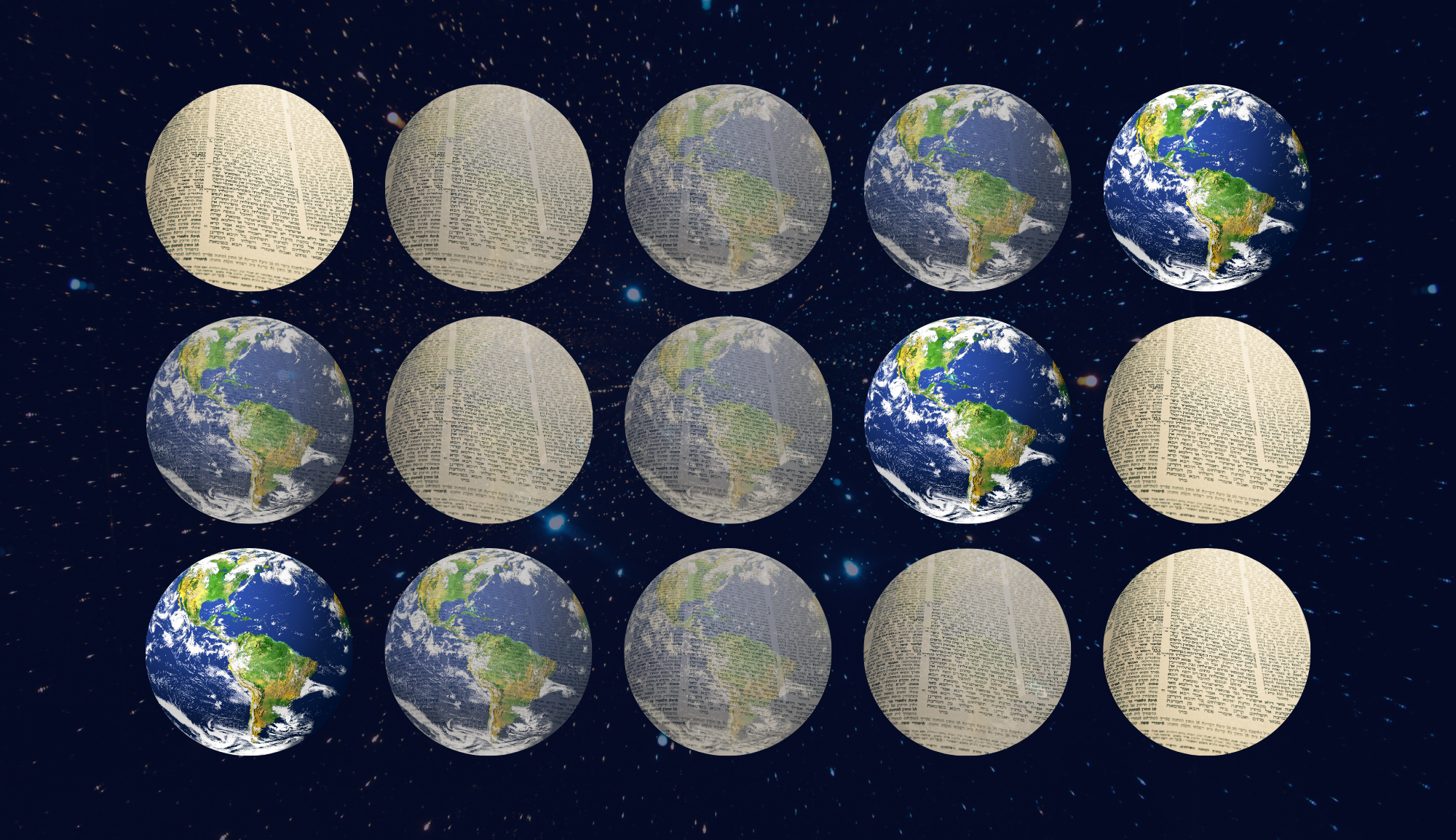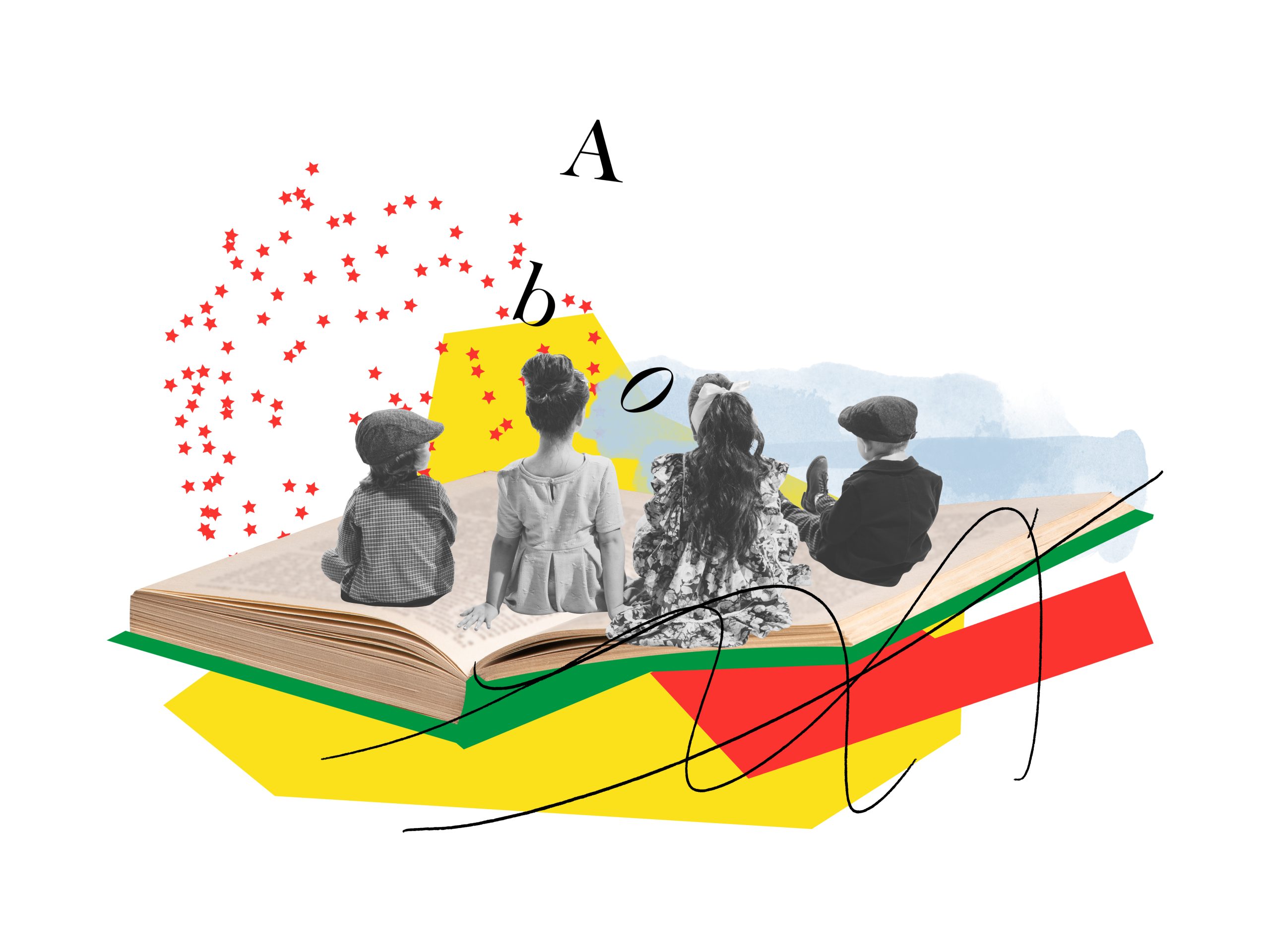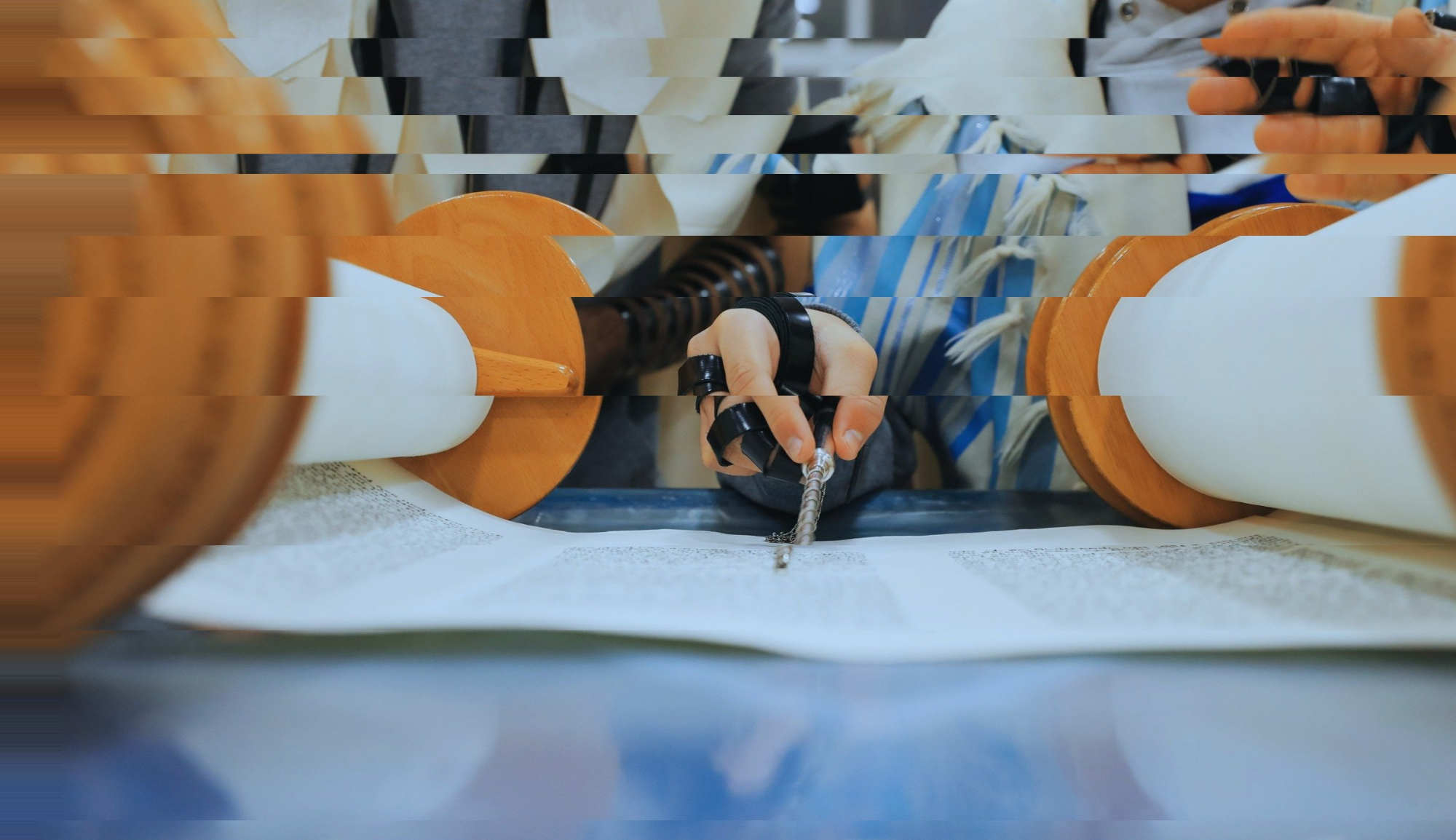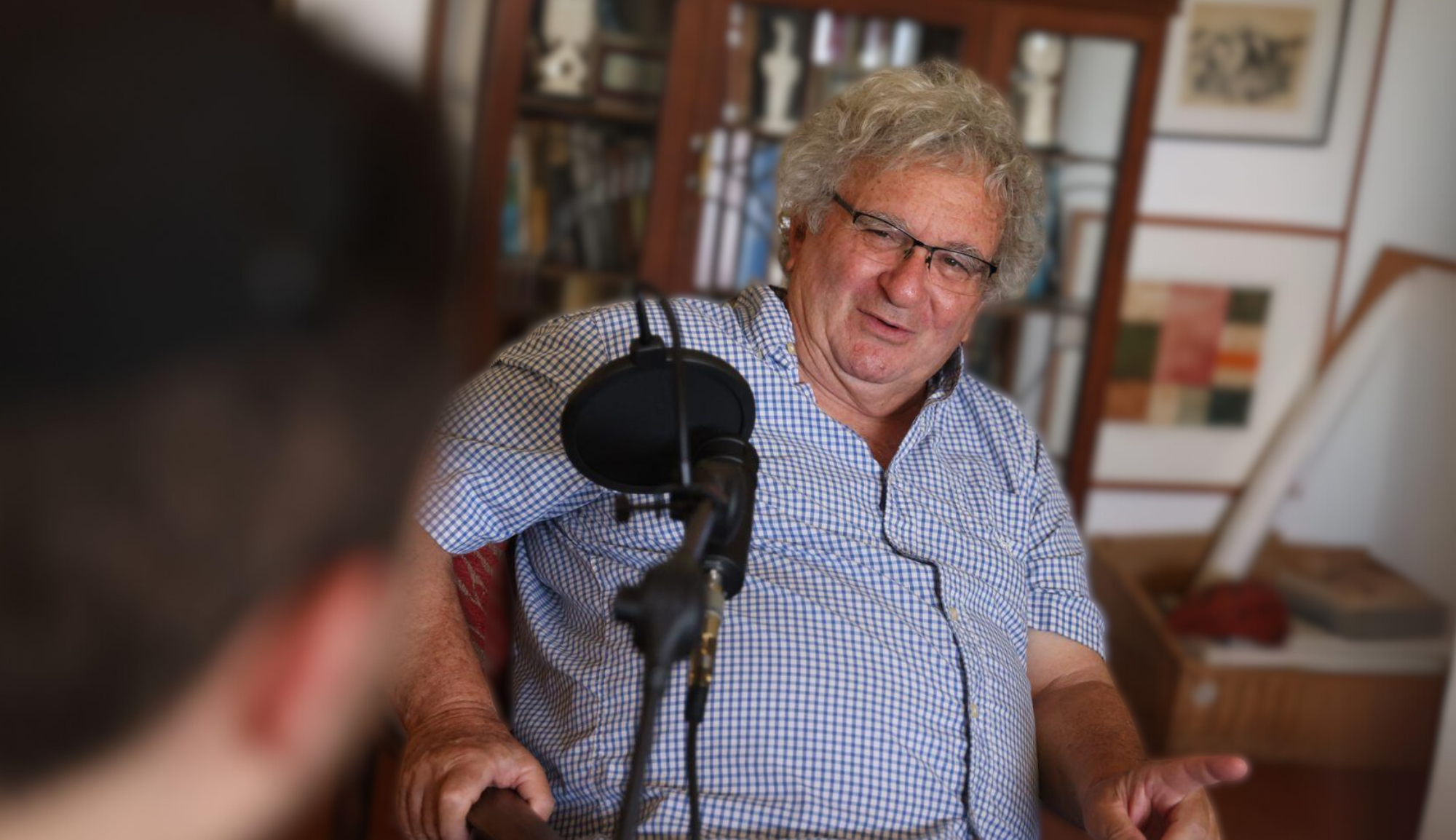To have a dialogue
First: ask a question
Then: Listen
-Antonio Machado
What is the difference between a conversation and an interview? As the Age of the Podcast ascends, the interview has rapidly become more than an educational strategy or communicative form, moving closer and closer to an artistic communication that demands its own appreciation. But what do we make of the interview? Is it simply a recording of a conversation between two people, the frame or context of the conversation (questioner + asker) constituting the difference between ‘interview’ and ‘conversation?’
Part of this is a question of balance, or of power, as each encounter and type of encounter has its own natural balance. Nobel Prize laureate J. M. Coetzee puts it well when he discusses his dislike for the interview, and the trampling of traditional boundaries that occur:
If I had any foresight, I would have nothing to do with journalists from the start. An interview is nine times out of ten an exchange with a complete stranger, yet a stranger permitted by the conventions of the genre to cross the boundaries of what is proper in conversation between strangers … To me, on the other hand, truth is related to silence, to reflection, to the practice of writing. Speech is not a fount of truth but a pale and provisional version of writing. And the rapier of surprise wielded by the magistrate or the interviewer is not an instrument of the truth but, on the contrary, a weapon, a sign of the inherently confrontational nature of the transaction.”
While Coetzee is talking about the barbed edges of journalistic interviewing, not podcast interviewing, part of his point rings true—there is something of the power dynamic in the interview, as the interviewee holds the weight of response—an interview is only as interesting as the reaction provided by the interviewee of interest. And yet sometimes it is the interviewer in control, albeit more subtly, controlling the narrative flow of the interview, with the ability to paint the interviewee in the shape-shifting light of publication. Within this ever-flowing whirlpool of oscillating centers of power, sometimes true encounter can take place.
When an interview transcends its simply pragmatic function of eliciting information, it can sometimes move into the realm of conversation and dialogue.
It has been one year since we launched 18Forty and dedicated ourselves to the interview form. In honor of our one year anniversary, let’s explore the art of the interview through a look at the top three interviewers of our time. Disagree with our list? Love it, hate it, couldn’t care less? Let us know, through Twitter, Facebook, Instagram, email (info@18Forty.org), or shout it outside your house and hope we hear! Here’s some of our favorite masters of the interview—hopefully we can all be inspired to engage more meaningfully and deeply with each other through their example. Enjoy!
1. Jon Cott: Engaging with Depth

Jon Cott, a journalist well known for his deeply engaging interviews with musicians and artists, looks to the origins of the word for direction:
“The word “interview” is derived from the French entrevue, which means “a meeting,” which is itself derived from the verb entrevoir, meaning “to glimpse, to catch sight of, or to get an inkling of” – like seeing a “house through the trees, a boat in the fog, the faint outline of a person hidden in the dark,” as described in one French dictionary. And one may be reminded of the passage in 1 Corinthians: “For now we see through a glass, darkly, but then face-to-face: now I know in part; but then I shall know even as also I am known.”
Cott goes further, bringing Martin Buber into this conversation about conversation:
“There are meetings that we passively “take” and meetings we actively “make,” and it is in this latter sense that we can best understand the philosopher Martin Buber’s profound observation in his book I and Thou that “all real living is meeting,” and that “if we go on our way and meet a man who has advanced toward us and also gone on his way, we know only our part, not his – his we experience only in meeting.” When an interview transcends its simply pragmatic function of eliciting information, it can sometimes move into the realm of conversation and dialogue.”
This speaks to Cott’s own idiosyncratic, deeply encounter-oriented style of interviewing. Cott, who is Jewish, has quoted Chassidic teachings to Bob Dylan, stories and poems from a variety of religious teachers to a fascinating array of writers and musicians, often bringing the reader of his interviews into an encounter that is deeper than the traditional question/answer interview. Cott asks questions not as a voyeuristic outsider, but as a sort of motivated insider to the art—offering the artist in question a window into their own work—in a dialogue that is ultimately almost between equals. To get a taste for yourself, check out Cott’s Listening —maybe your next date or dinner table conversation will benefit from it.
2. Oriana Fallaci: Speaking Truth with Power

If Cott is rare in his ability to create encounters through even engagement with his interviewees (check out his interviews with Bob Dylan, Lou Reed, or Fellini for moving examples of his style), Oriana Fallaci provides a fascinating counter-example of a delightfully uneven interview style. Fallaci was an Italian journalist and interviewer, famous for her interviews with people in positions of power. Think: Henry Kissinger, Yassir Arafat, Ariel Sharon, the Shah of Iran.
When interviewing these people (often men) of power, Fallaci used her sharp intellect, fast thinking, and daring gumption to even the scales of power, pushing and confronting the person behind the power to open up in a more human way. Where Cott is intimate, Fallaci is confrontational, challenging politicians and dictators accustomed to control to respond from the sometimes-ridiculous position of challenged authority. Kissinger was not alone among her interviewees who would forever regret his decision to be interviewed by this journalistic great. Reading Fallaci’s fascinating Interviews with History and Conversations with Power is a masterclass in the entertaining truths that emerge when authority is interrogated with wit.
For a sort of inverted example of what interviewing—but not interrogating—power looks like, check out Samuel Heilman’s interviews with an array of Orthodox Jewish leaders. If Cott displays an even engagement, and Fallaci a passionate confrontation, Heilman’s interviews are dispassionate and even distant, more like sets of questions, but still worth the read for a window into these deeply learned lives. At least one can dream of reading an interview with a Jewish thought leader accompanied by all the masterful interviewing of one of the great listeners of our time.
- Janet Malcom: The Secret Life of the Interview

It is strangely appropriate to discuss this topic at this point, as the late and great Janet Malcolm passed just days before the writing of this article. Janet was a widely acclaimed journalist at The New Yorker and author of multiple books, frequently broadly on the topic of the interview. Malcolm, who was Jewish, was the child of a psychoanalyst, which influenced her later works on the subject of psychoanalysis (most notably her Psychoanalysis: The Impossible Profession), but her most well-known article-turned-book is The Journalist and the Murderer, a trippy trip through the ethics and dynamics that navigate the interview process. Malcolm’s book is now a mainstay of journalism education, and it offers a deeply illuminating of the relationship between interviewer and interviewee, and the problems and pitfalls that put the interviewer in a position of subtle and underappreciated power.
The Journalist and the Murderer offers a fascinating window into the power imbalance between the interviewer and interviewee, and wonders why it is that people will say anything when asked the right questions, no matter how much trouble that might lead to—and more poignantly the ethical dilemma of the interviewer, and how the interviewer should wield the power of the question. If it seems like I’m having a hard time summarizing Malcom’s work, that is the smallest tribute to the deeply beautiful complexity that is a mark of Malcolm’s writing.
Like the rest of these writers, Malcolm’s writing is not directly a commentary on the podcast interview, but putting their thought in conversation with the conversation of podcasts might just tell us something about the emerging art of the podcast interview. These interviewing greats give us something to aspire to in the “magnetic experiment” that is “all conversation,” as Ralph Waldo Emerson put it. Let’s raise a glass to the great listeners, and hope to listen better to those in our own life, together. To listening!
